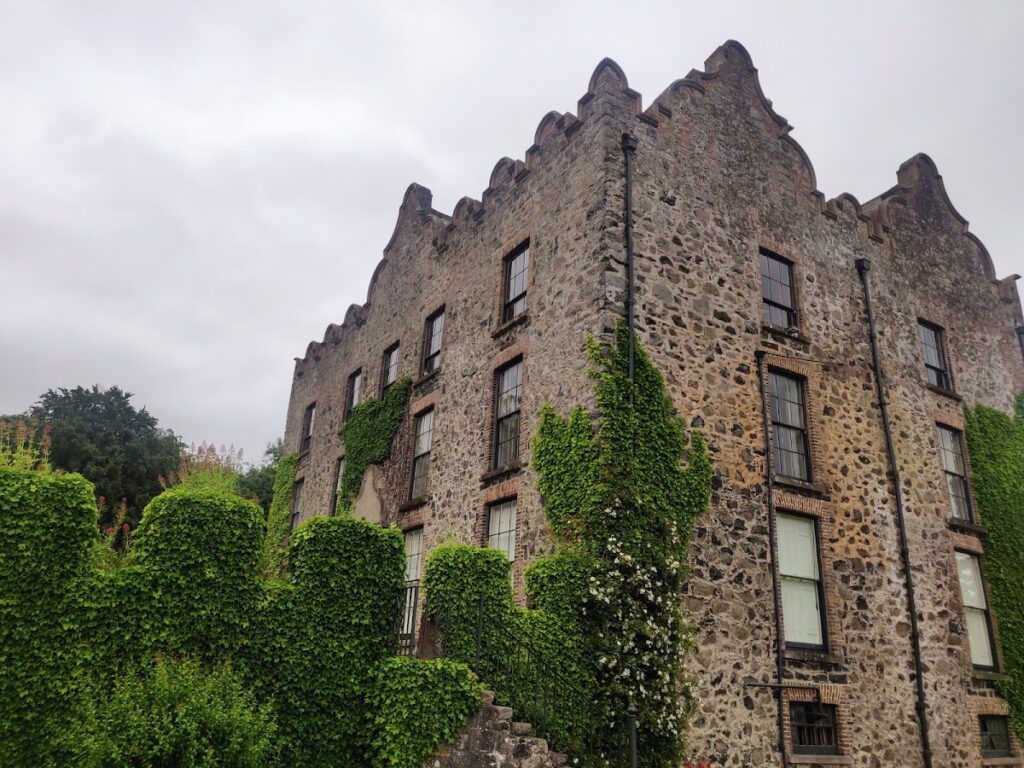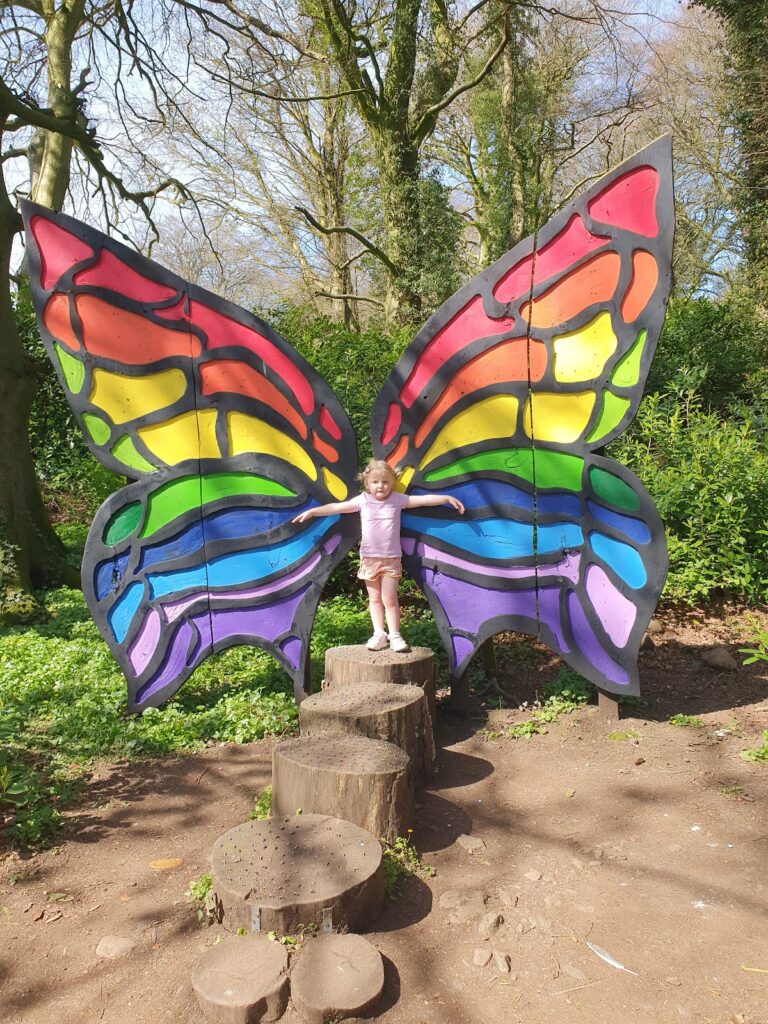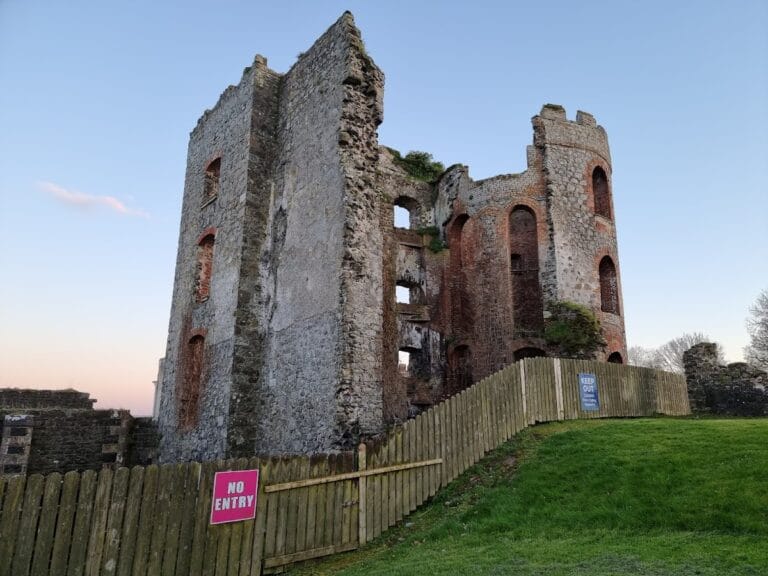Galgorm Castle: A Jacobean Estate in Northern Ireland
Visitor Information
Google Rating: 4.5
Popularity: Low
Google Maps: View on Google Maps
Official Website: www.galgormcastle.com
Country: United Kingdom
Civilization: Unclassified
Remains: Military
History
Galgorm Castle stands in the town of Ballymena, Northern Ireland, and was established by settlers from the English and Scottish colonial efforts during the early 17th century. The castle’s origins lie in the Jacobean period, reflecting the architectural style during the rule of King James I of England.
The land on which Galgorm Castle was built originally belonged to the Irish chieftain Rory Oge MacQuillan. In May 1607, King James I issued a formal charter confirming Rory Oge MacQuillan’s rights to these lands, along with a cautionary note about the violent fates that had befallen previous leaders of that family. Despite this confirmation, Sir Faithful Fortescue, the nephew of Sir Arthur Chichester, seized the territory and commenced construction of the castle in 1618, marking a significant transfer of control from native Irish to English settlers.
Sir Faithful Fortescue played a role in the Wars of the Three Kingdoms, a series of conflicts involving England, Scotland, and Ireland during the mid-17th century. During the Battle of Edgehill, he switched sides from supporting the Parliamentarians to joining the Royalists, a move that tragically resulted in an accidental attack among his own forces. After the pivotal Battle of the Boyne in 1690, the Duke of Württemberg used Galgorm Castle as his military headquarters, highlighting its strategic importance during that era.
Following these events, Fortescue sold the castle and its surrounding estates to Dr. Alexander Colville. Colville gained local attention for his practices in alchemy and was reputed to be involved in black magic and witchcraft. Stories and legends grew around his presence at Galgorm, including tales of his ghost searching the parklands by night in pursuit of hidden treasure.
In the mid-19th century, specifically 1850, the castle entered the possession of a prosperous merchant named Young. The Young family used the estate intermittently, and among its residents was Sir Roger Casement, cousin to the Young family, who lived there while attending the nearby Ballymena Academy. In 1865, Rose Young, an Irish scientist of note, was born at Galgorm Castle, further cementing the family’s historical ties to the site.
In 1980, the castle passed into the hands of Christopher Brook and his family. Recognizing its heritage value, they undertook restoration efforts aimed at preserving and enhancing the estate, eventually establishing Galgorm Castle as a prominent site within the province of Ulster.
Remains
Galgorm Castle is a distinguished example of Jacobean architecture within Ireland, showcasing features typical of English designs during the early 17th century under King James I. Although detailed descriptions of individual structural elements are limited, the castle stands on land originally acquired in the early 1600s and exhibits a construction style consistent with that period’s building traditions.
The castle was initiated by Sir Faithful Fortescue shortly after 1618, incorporating durable local materials customary for fortifications of its time. Restoration works since the late 20th century have ensured the building remains in good condition, preserving its historical character and structural integrity.
The castle is surrounded by a parkland that has become intertwined with local folklore. In particular, tales tell of eerie lights appearing at night, believed to be linked to the restless spirit of Dr. Alexander Colville, who once owned and lived at Galgorm. These ghostly lights have become a persistent element of the castle’s oral traditions, casting an air of mystery over the estate’s extensive grounds.
Overall, the castle retains much of its original Jacobean form, sustained through ongoing preservation, and continues to serve as one of the premier historic estates in the region.










